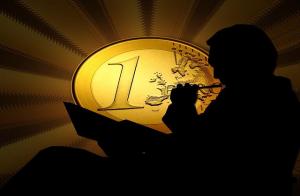President Obama announced a strategy which he hopes will stimulate international tourism

more in the direction of the United States; the plan is to make the process of getting a tourist visa for potential visitors easier and quicker.
According to the United Nation’s World Tourism Organizations, there is expected to be at least one billion tourists from all over the world traveling this year. The problem is that very few of these tourists choose to visit the United States, often because obtaining a visa for a visit is an arduous, time-consuming and expensive undertaking.
Obama’s plan to streamline the acquisition of tourist visas could not come at a better time, since there is also expected to be an upsurge of touring Chinese and Brazilians, helping to more than offset an expected decline in tourism from Europe as a result of the difficult economic situation there.
“The fact that the president recognized the importance of international tourism is an incredibly positive move,” said Jim Evans, CEO of Brand USA, a public-private tourism promotion organization. “It definitely will have a very positive impact on hotel occupancies,” which in turn will boost profitability and growth in tourism-related jobs. “It just has a positive effect on all metrics for hospitality.”
Tourists for outside the country are a real boon to tourism. They spend their money on hotels, restaurants, go shopping, and pay all the taxes which these activities require. And when the go home, their money stays here.
But the United States has been steadily taking in less and less from this valuable market, even as the total number of tourists across the globe has been rising. In 2000 the US benefited from 17% of the international tourist trade, while in 2010 that percentage dropped to only 11%.
Obama announced his plan to change the procedure for obtaining tourist visas to the US at Orlando’s Walt Disney World last Thursday, believing this step, and others, can help reclaim some of the valuable market share of tourism.
“Just looking at the sheer numbers, it’s going to be huge,” said Kathleen Matthews, executive vice president of public affairs at Marriott International and member of the United States Travel and Tourism Advisory Board. “Reducing the wait time is going to be tremendous.”



